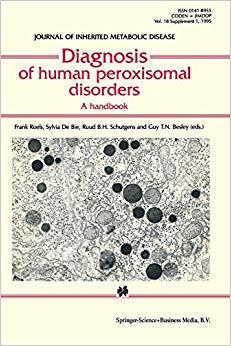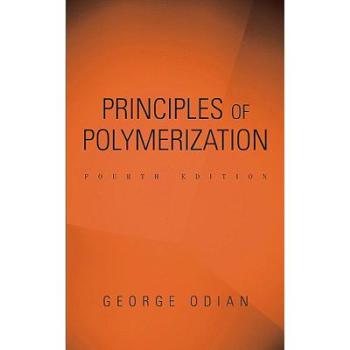
Diagnosis of human peroxisomal disorders:A handbook
内科学售 价:
¥
1133.00
发货周期:外国库房发货,通常付款后3-5周到货
出 版 社
出版时间
1997年01月31日
装 帧
平装
页 码
226
开 本
9.21 x 6.14 x 0.50
语 种
英文
综合评分
暂无评分
- 图书详情
- 目次
- 买家须知
- 书评(0)
- 权威书评(0)
图书简介
Peroxisomal disorders constitute a major research front in clinical genetics, paediatrics and cell biology. Since 1983, the metabolic defect in some 20 different peroxisomal disorders has been described. The best known conditions include Zellweger syndrome, rhizomelic chondrodysplasia punctata and X-linked adrenoleukodystrophy and, in the most recent edition of The Metabolic and Molecular Basis Inherited Disease, edited by Scriver and colleagues, more than 100 pages are now devoted to the subject.
Progress in our understanding of these conditions, and their diagnosis, results from the application of a variety of laboratory investigations. These include microscopic studies, analysis of metabolites (very long-chain fatty acids, bile acids, and plasmalogens), enzyme studies (peroxisomal beta-oxidation pathway and dihydroxyacetone phosphate acyltransferase), immunodetection of peroxisomal (membrane) proteins and molecular analysis of mutant DNA.
In order to encourage a greater awareness in this field and the diagnostic protocols required, an international course was organised in Gent, Belgium, in May 1994, on the clinical and biochemical diagnosis of peroxisomal disorders. A number of international experts in the field who provided intensive hands-on experience over 3.5 days, have now collected their course work and reviews together in this Handbook. The volume is introduced by Sidney Goldfischer, who in 1973 was the first to recognise the absence of peroxisomes in Zellweger syndrome, but whose observations were not fully appreciated for a further decade. This handbook provides the most comprehensive and detailed account of laboratory methods for the diagnosis of peroxisomal disorders. The methods are clearly presented and well illustrated, and should allow laboratories to introduce these methods into their repertoire.
Audience: Paediatricians, neurologists, clinical biochemists, pathologists, genetic counsellors, obstetricians, and GPs interested in the recognition, diagnosis and prenatal prevention of peroxisomal disorders.
Progress in our understanding of these conditions, and their diagnosis, results from the application of a variety of laboratory investigations. These include microscopic studies, analysis of metabolites (very long-chain fatty acids, bile acids, and plasmalogens), enzyme studies (peroxisomal beta-oxidation pathway and dihydroxyacetone phosphate acyltransferase), immunodetection of peroxisomal (membrane) proteins and molecular analysis of mutant DNA.
In order to encourage a greater awareness in this field and the diagnostic protocols required, an international course was organised in Gent, Belgium, in May 1994, on the clinical and biochemical diagnosis of peroxisomal disorders. A number of international experts in the field who provided intensive hands-on experience over 3.5 days, have now collected their course work and reviews together in this Handbook. The volume is introduced by Sidney Goldfischer, who in 1973 was the first to recognise the absence of peroxisomes in Zellweger syndrome, but whose observations were not fully appreciated for a further decade. This handbook provides the most comprehensive and detailed account of laboratory methods for the diagnosis of peroxisomal disorders. The methods are clearly presented and well illustrated, and should allow laboratories to introduce these methods into their repertoire.
Audience: Paediatricians, neurologists, clinical biochemists, pathologists, genetic counsellors, obstetricians, and GPs interested in the recognition, diagnosis and prenatal prevention of peroxisomal disorders.
本书暂无推荐
本书暂无推荐















